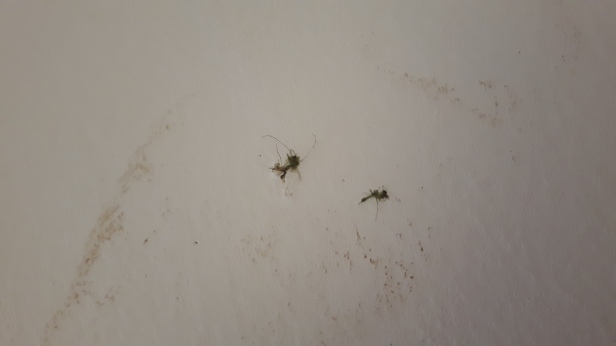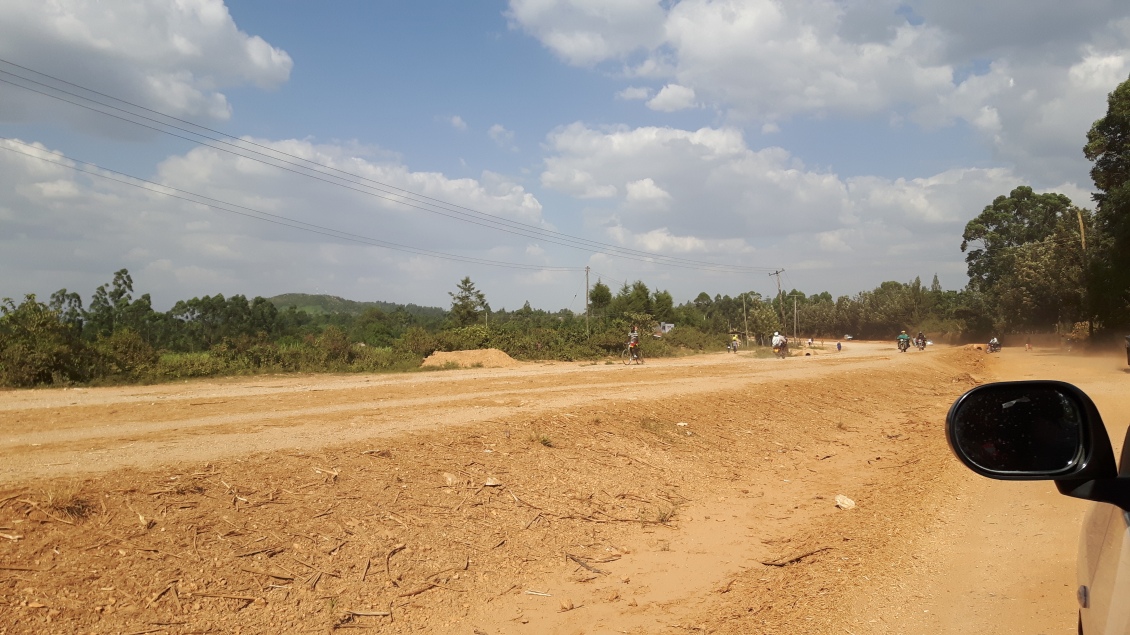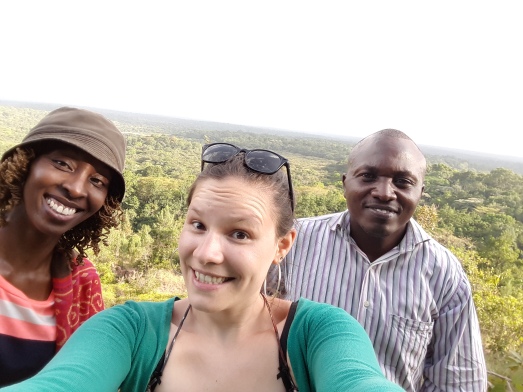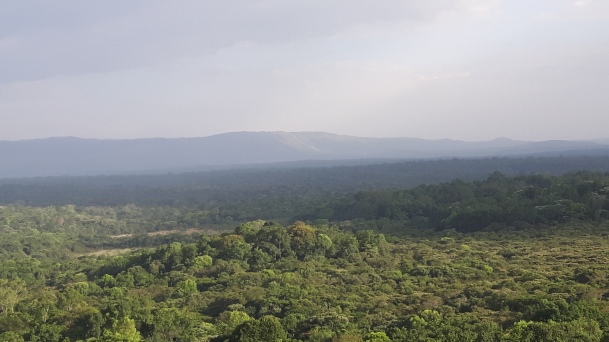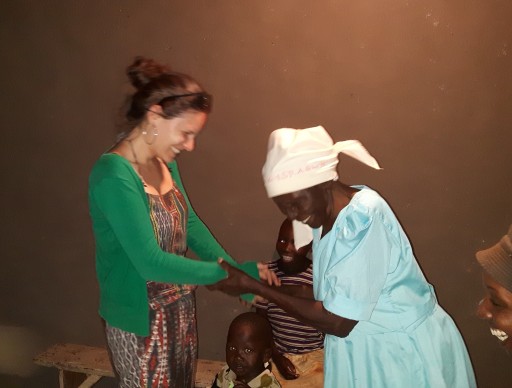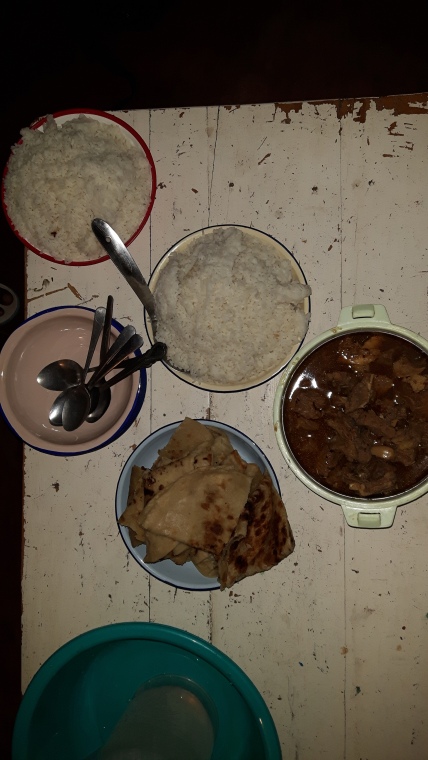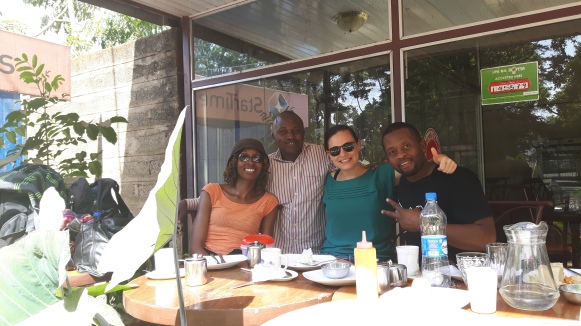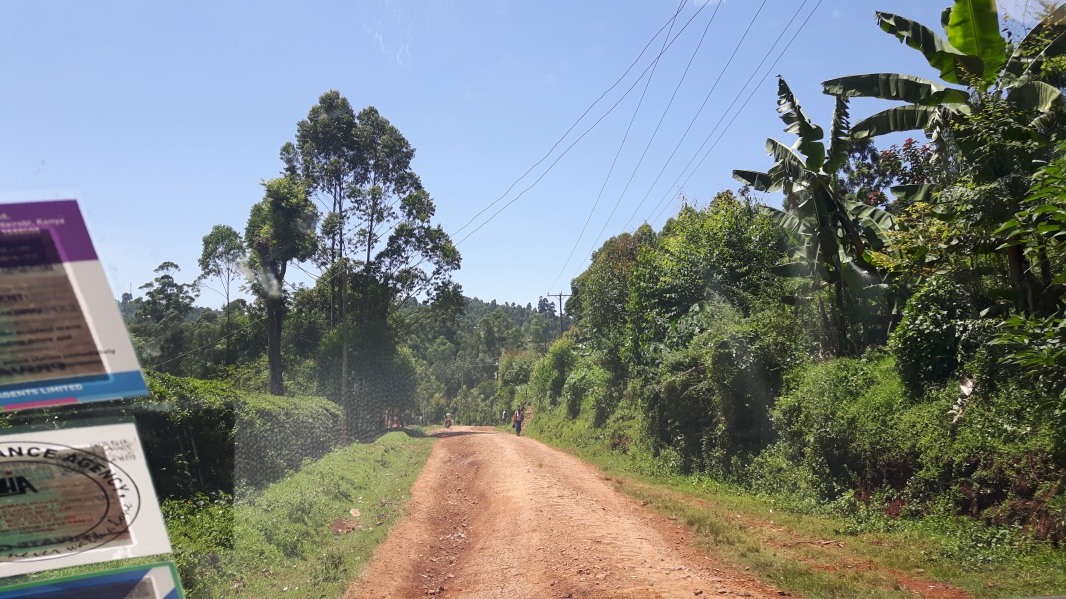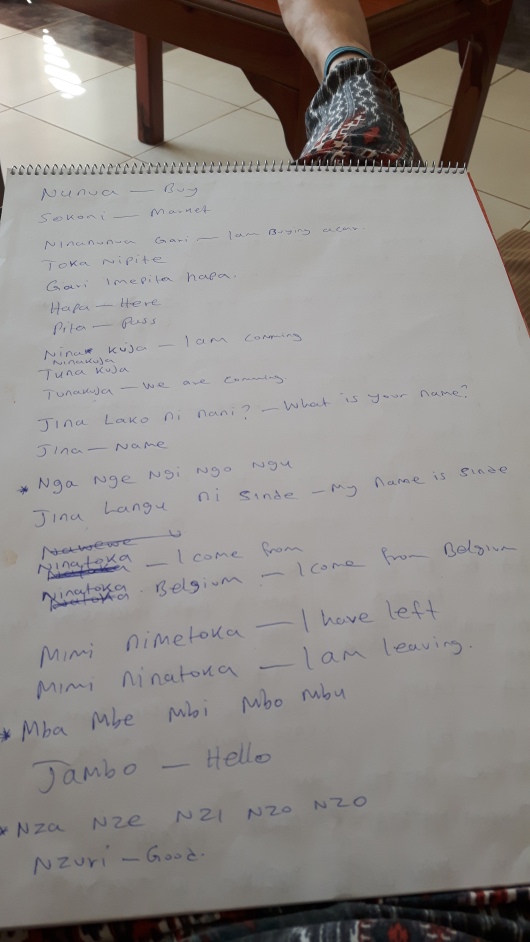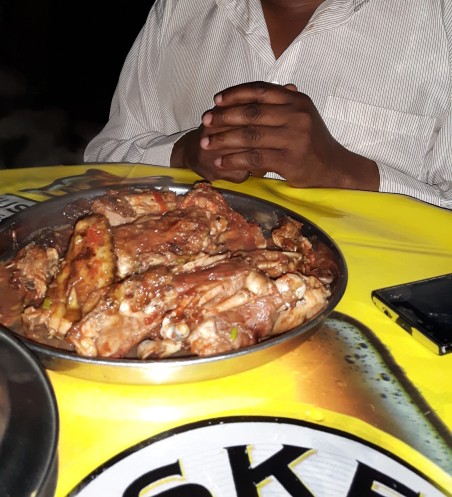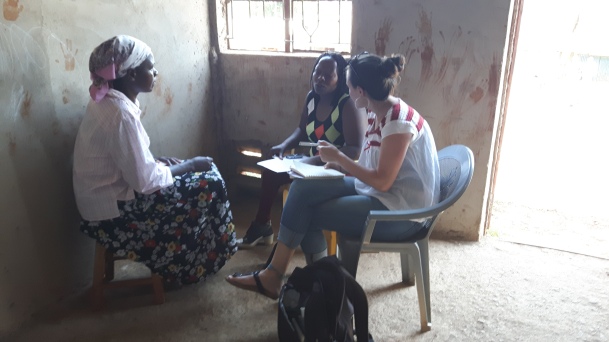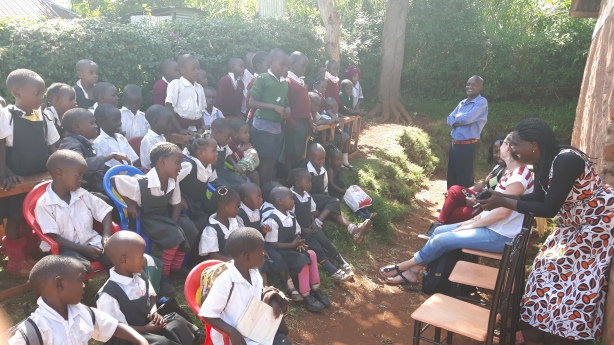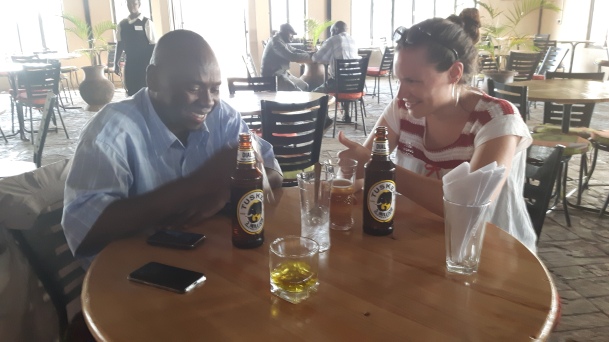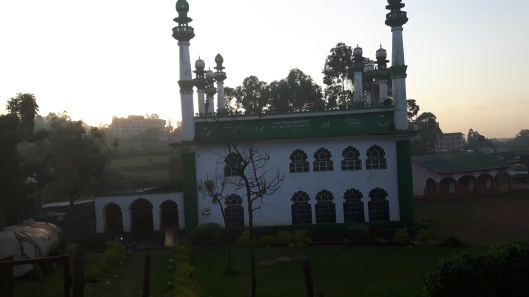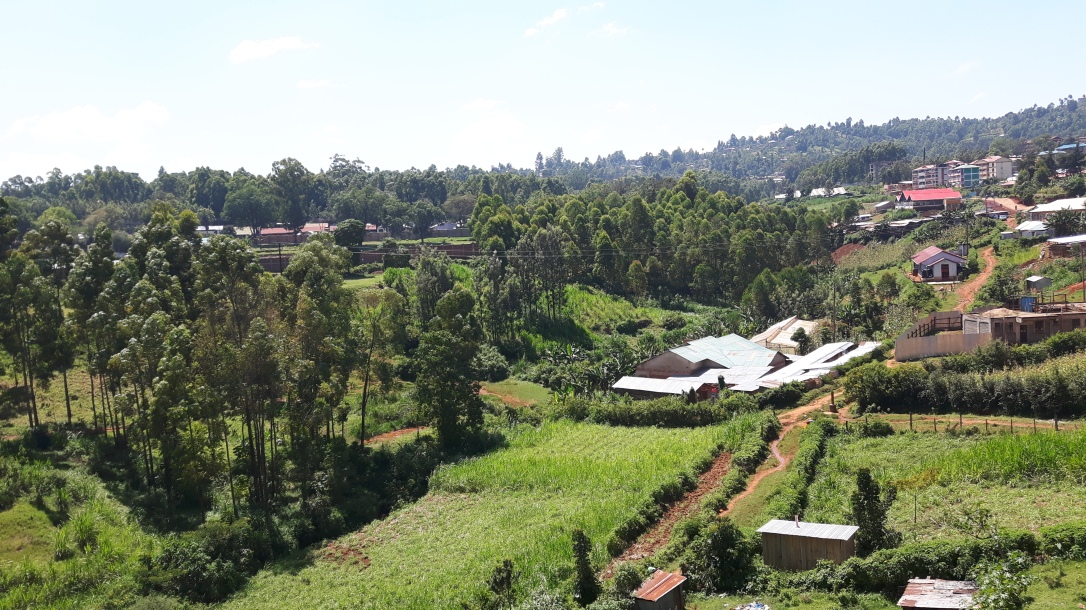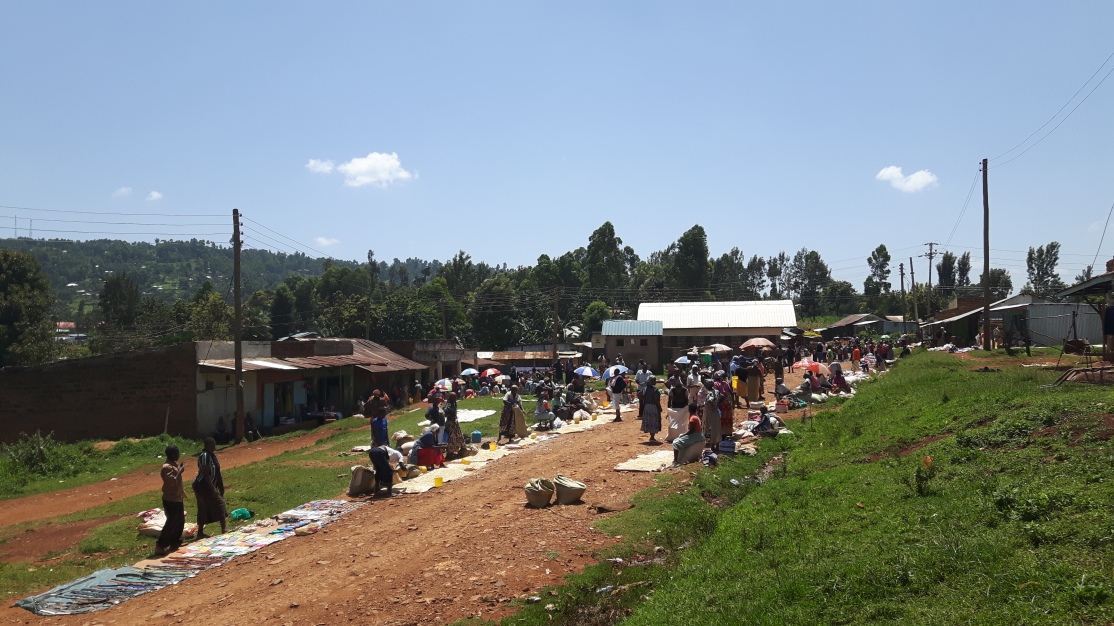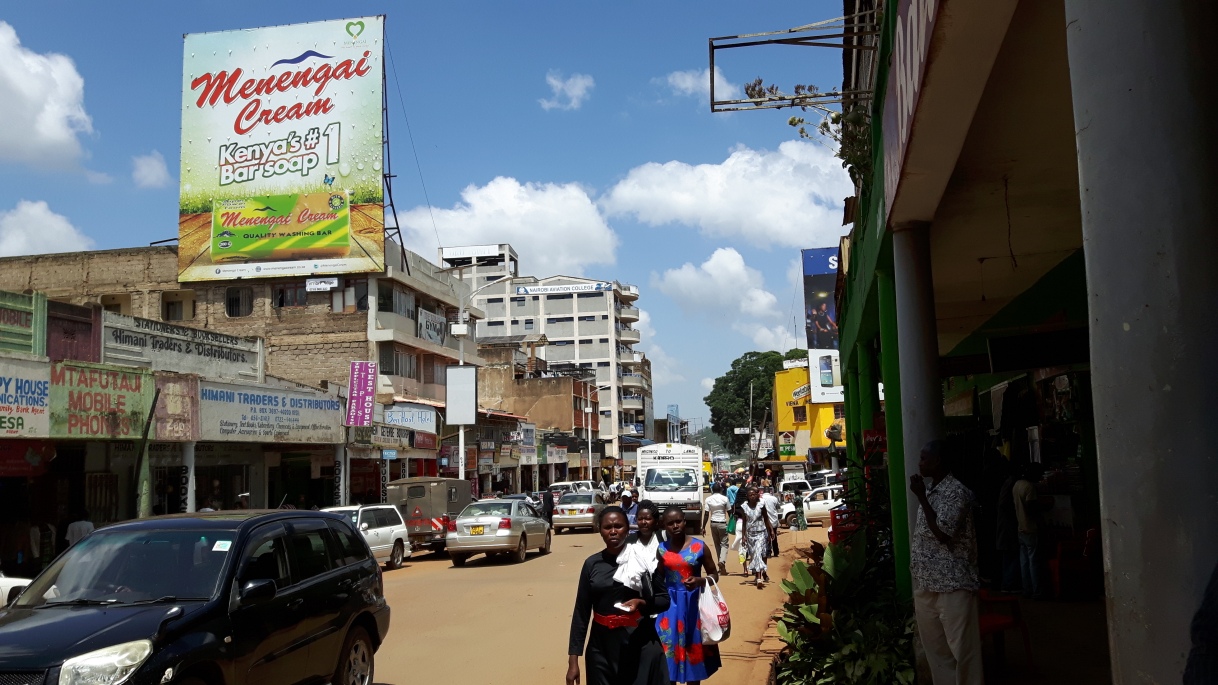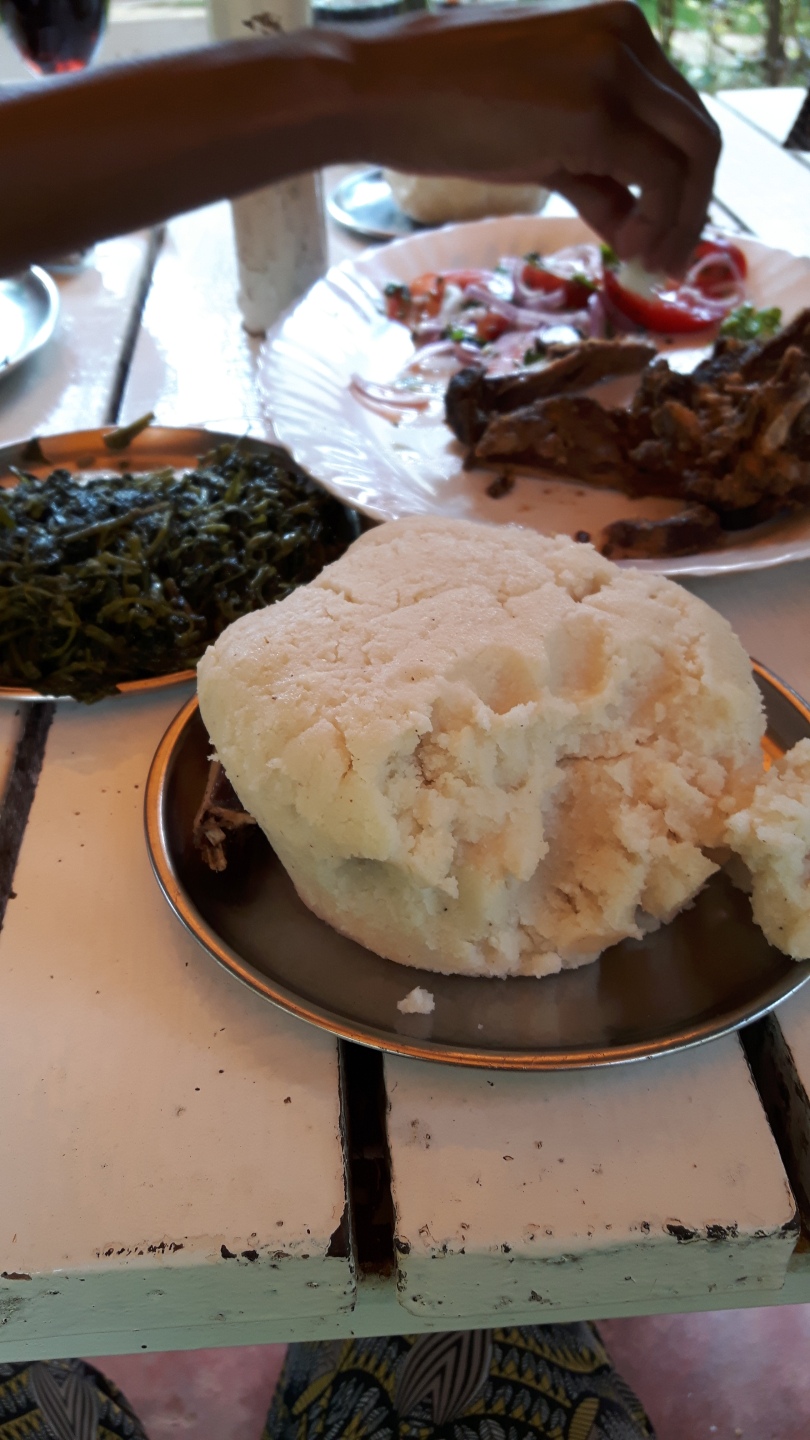In anthropological fieldwork we have this phase that famously goes under the name of ‘hanging around’. It means that the first (approximately) two weeks you become familiar with the community you are doing research on and they with you. You literally hang around, talk with people you encounter and engage in informal conversations. Open interviews and semi-structured interviews only follow later after building up rapport. However, this research is not anthropological and has a different pace. The aim of Participatory Action Research is to involve the whole community, which means you need to contact and interview a lot of people. The consequence is that you do not have the time to spend hours with every participant on a regular basis (as we usually do in anthropological research). However, the goal of (traditional) anthropological research is different than that of PAR; in PAR we work towards a specific action plan that facilitates local solutions and that allows the community to generate their own process of tackling issues, while in anthropological research we mainly aim to gain rich data and a deep understanding of a certain issue, community, practice, etc. which can facilitate mutual understanding and respect between different actors and can reveal the underlying (hidden) dynamics that are at work. I am not a big fan of definitions, so what I wrote above is solely an attempt to point out differences. One of my personal goals during this research is to find out how to combine anthropological research with PAR, because I think they are both of great value and therefore can form a winning team. I am not the first one to reflect on this matter. Within my own Master programme I have read about scholars who urge for a public anthropology, and conducting PAR is seen by some as one of the ways forward. I have also found some promising literature that can hopefully give me new insights. Although we are always on the road, going from one place to another and meeting many different people, people do start recognizing us in town, crossing the street to come and say hello. It is always a good sign when that happens, it means you are somehow becoming part of the daily life. This week we had an interview with the former deputy mayor. When he mentioned his three names he explained that the second and third name identify him as a man from the Kisii tribe. He decided that I should have my own Kisii name and introduce myself as Sinde Nyamboke Moraa to other people. Nyamboke means sweet or honey, and Moraa is a big tree with beautiful flowers which offers shade in times of drought. I followed his advice and introduced myself a couple of times like that. People find it funny and sometimes ask me if I am married to a Kisii man. A nice ice breaker I would say.









